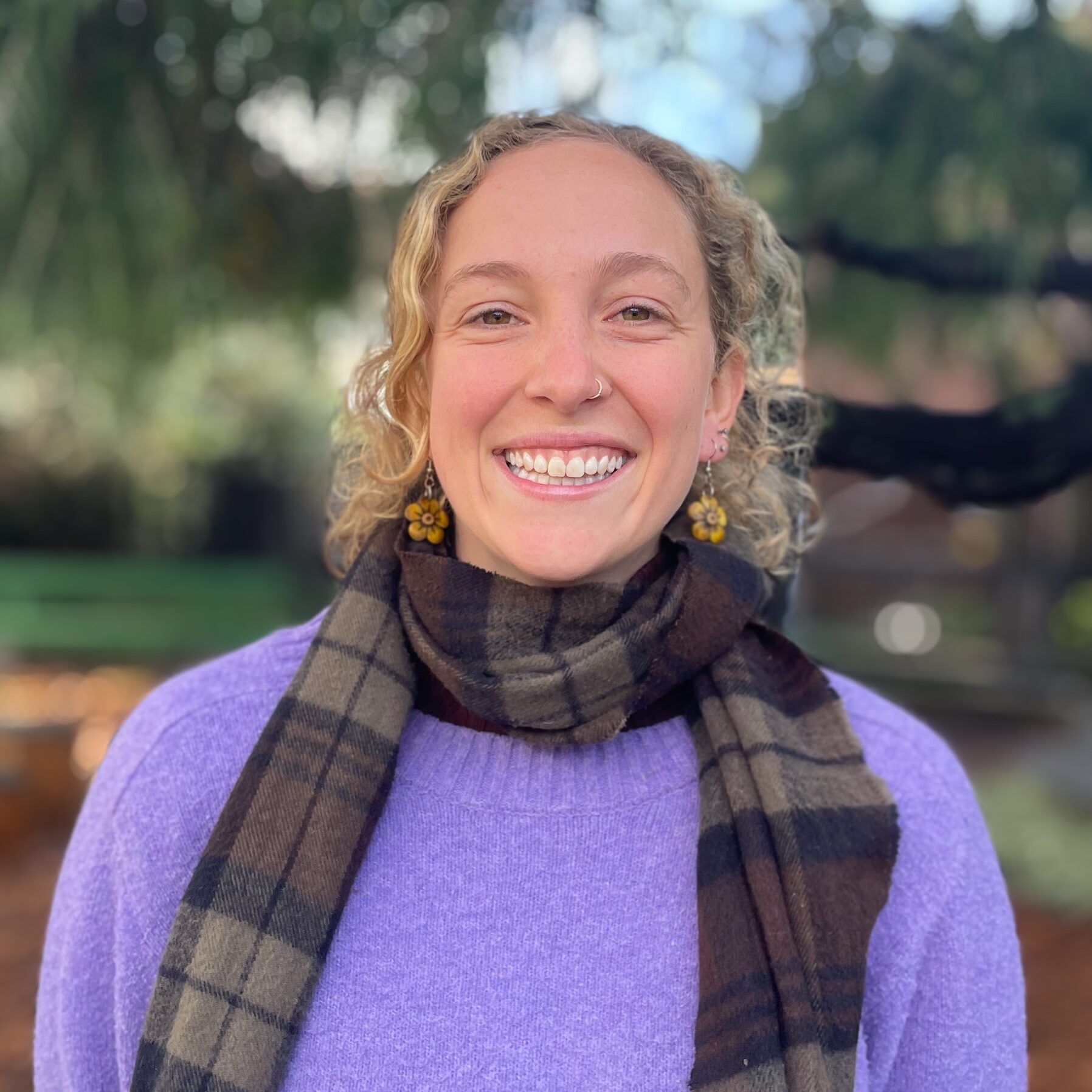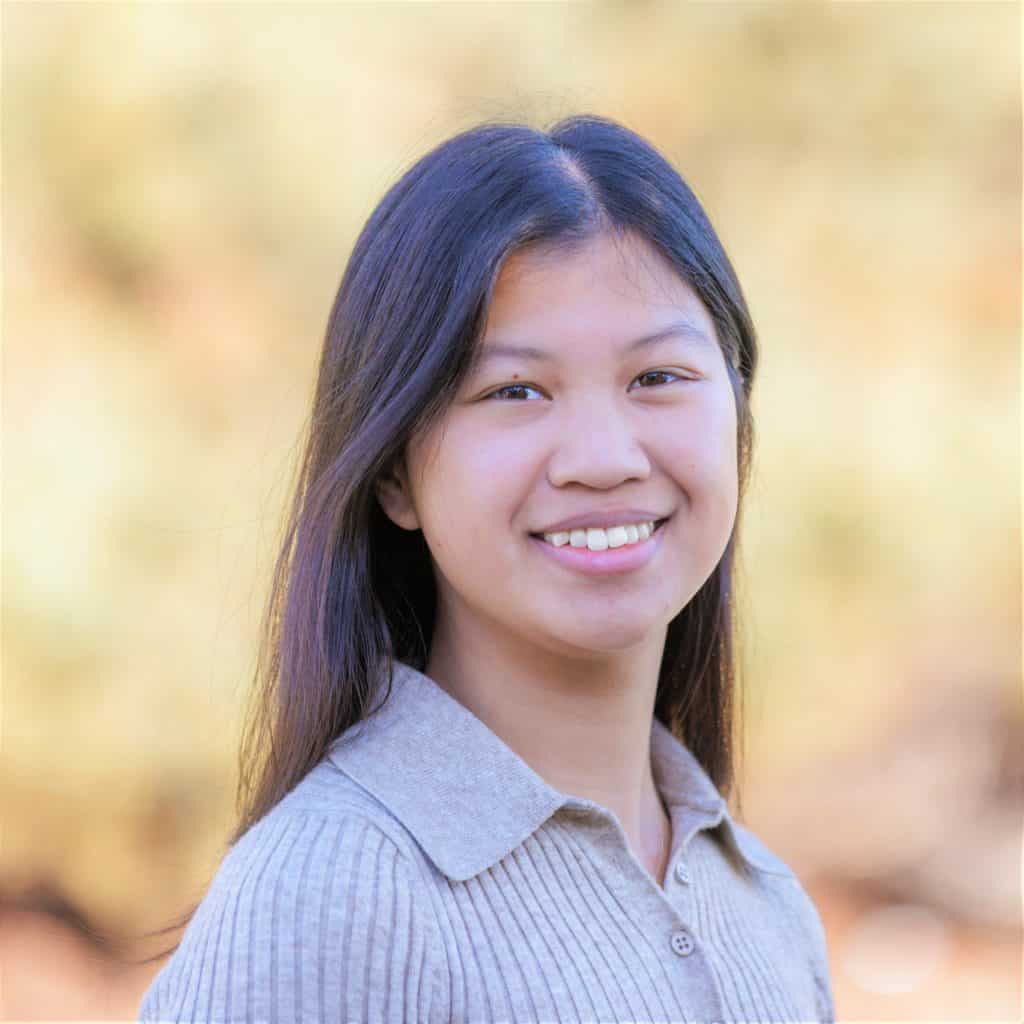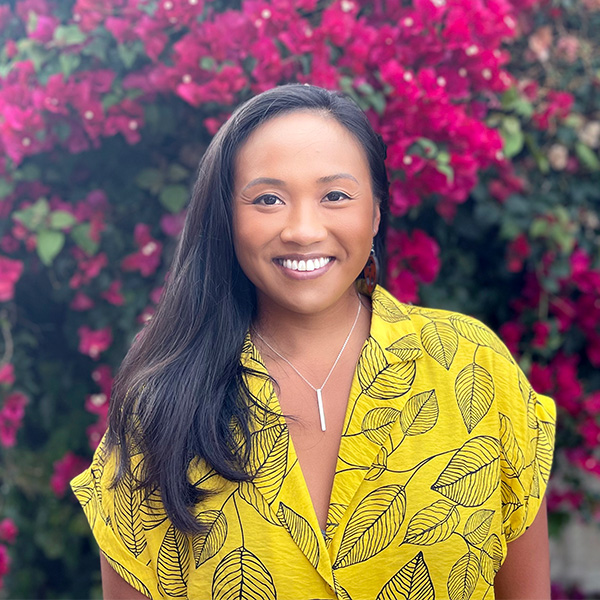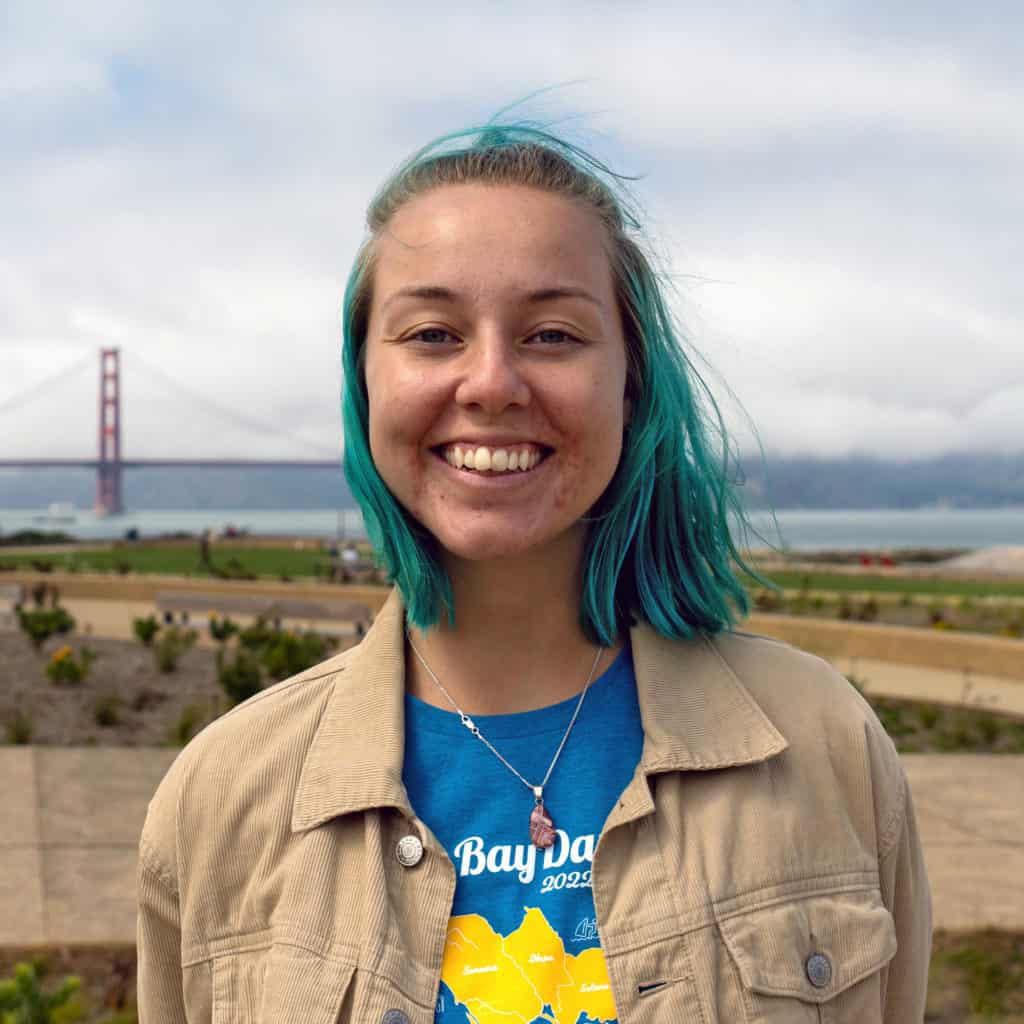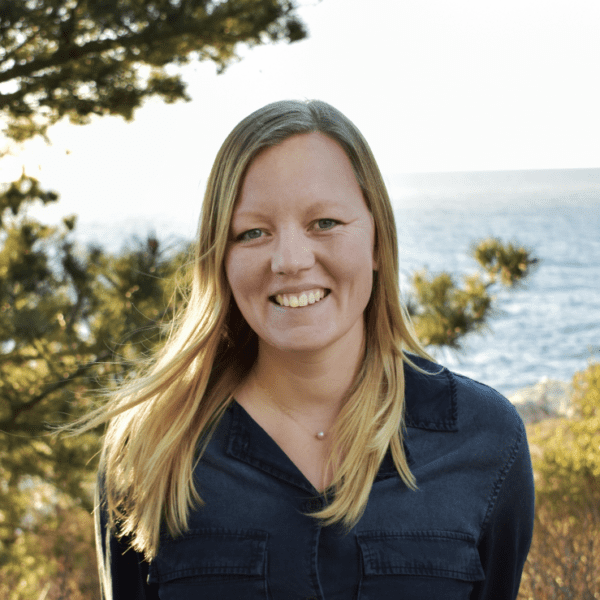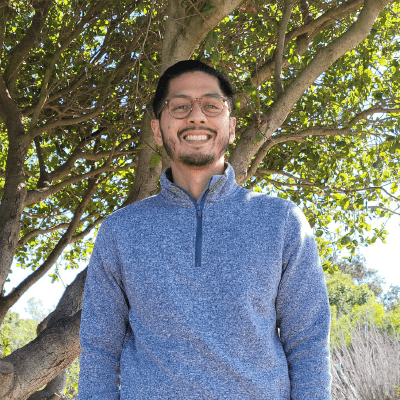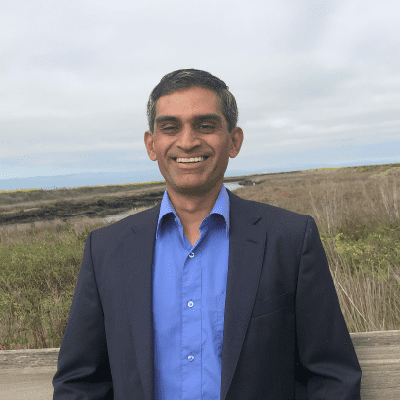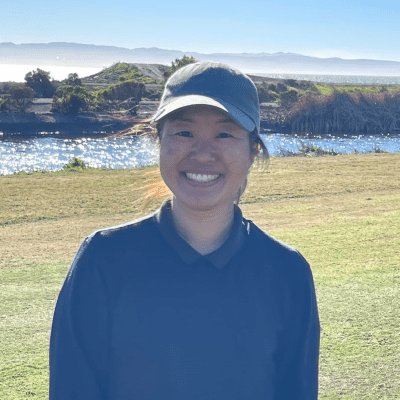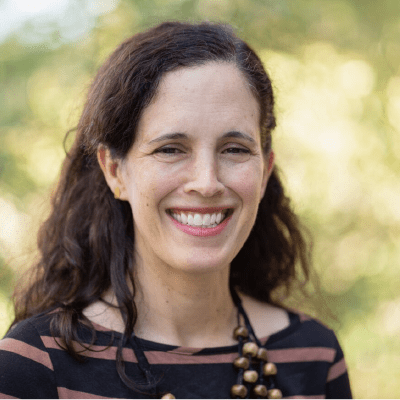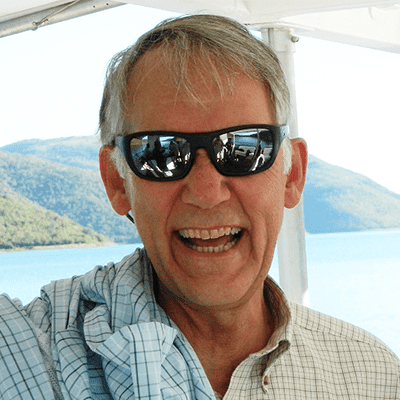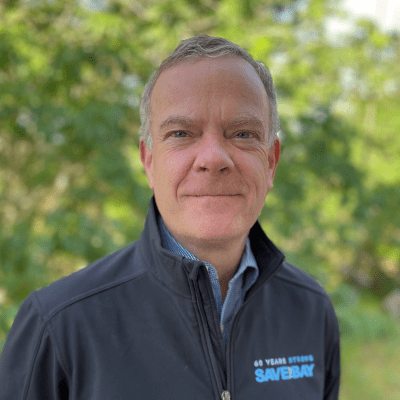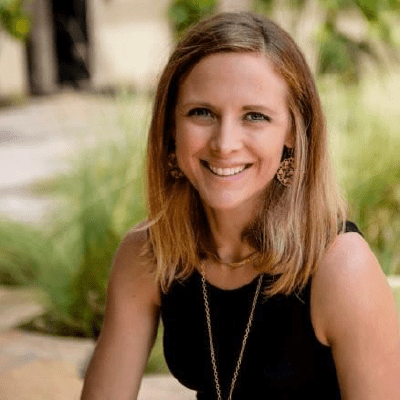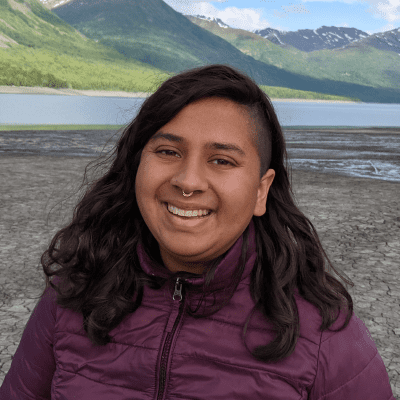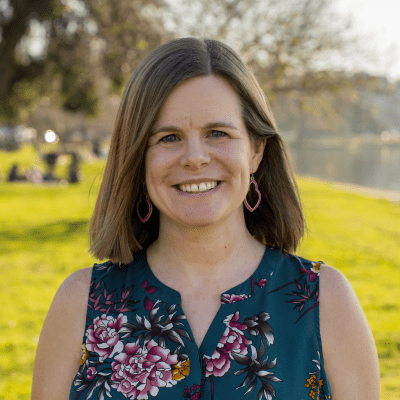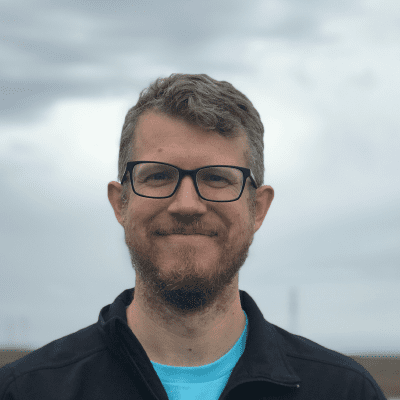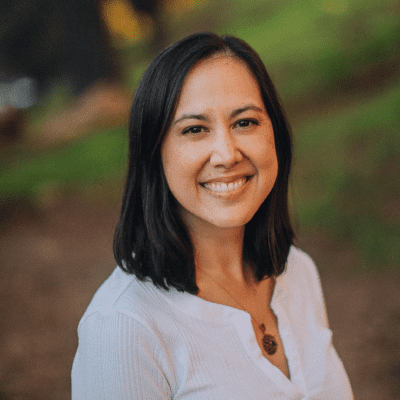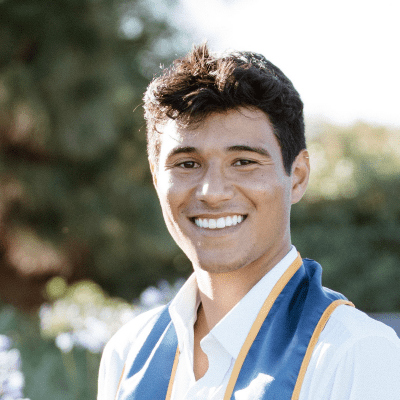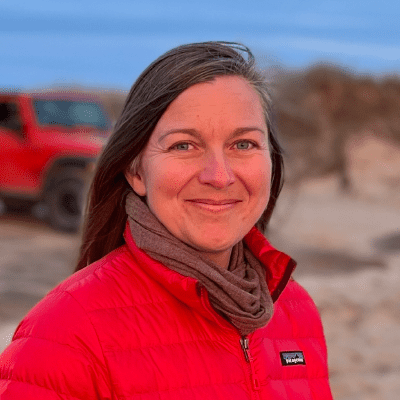Martin has recently surpassed over 400 days volunteering with Save The Bay! We asked him to share some reflections and milestones of his time with us.
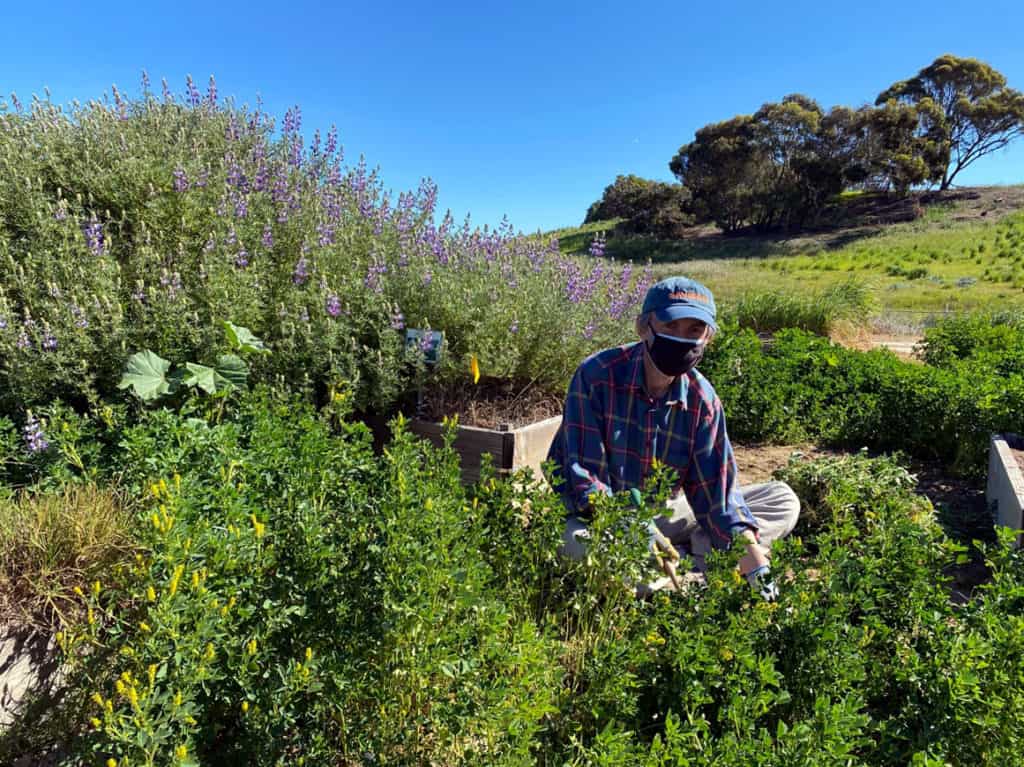
My first day volunteering with Save The Bay was on a Saturday that I was determined to spend outside, and hoping to spend doing some good for our planet. I’d volunteered with a few other groups before, but then I found out that there was a Save The Bay program at Eden Landing Ecological Reserve, not so far from my home, so I thought I’d give them a try.
Right from the start, it was an eye-opener for me. The staff started the program with a short talk about the Bay, the tremendous damage that has been done to it over the years, and a little of the history of Save The Bay, and what the organization has been doing to help reverse that damage. The education continued as we walked to the work site, passing some of the ponds that make up Eden Landing Ecological Reserve – a place that I’d never been to before, and indeed didn’t even know existed.
The day was hard work, but it felt great to be outside and doing some good. The staff were great, and a constant source of encouragement. During the break, they told us more about Save The Bay, Eden Landing, and some of the other sites at which the organization works to restore our wetlands. My co-volunteers were a great group, too, everyone working hard to make a difference.
After such a rewarding first program, I just kept coming back. Each time, the staff made it a fun, educational, and rewarding day for all of the volunteers. Save The Bay truly has a knack for hiring really great people, which makes such a difference to the volunteer experience. And every Save The Bay site turned out to be a very special place; a place that I wanted to spend time, and wanted to help restore.
Over time, I started seeing real change in these places. This is perhaps the greatest reward of all for volunteering over a sustained period. Today I can go back to a site and look at the lush landscape of native plants, now habitat for countless species of local fauna, and think back to when it was a slope of bare dirt and rock. The difference is astounding. We did that!
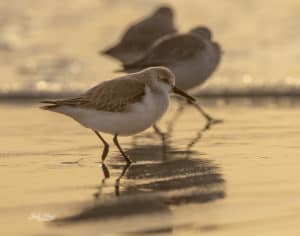
Working out in the wetlands over a period of years, I’ve accumulated such a wonderful collection of memories and experiences that it would be difficult to put my finger on one and call it my favorite. From jackrabbits running right by me as I sit in the dirt, to terns screeching at me for invading their territory, to herons and egrets keeping a close watch on what I’m doing, there’s always something going on. If I really had to pick, though, I think it would have to be sitting on a narrow berm in the middle of Eden Landing, far from any other human being, and having a seemingly endless stream of thousands and thousands of sandpipers fly directly overhead, only a few feet above me. They were so low that, if I’d stood up, I would have been in the middle of them, and they’d have had to fly around me. The sound of all those tiny wings was deafening. Needless to say, I was in awe.
Algerian sea lavender, or Limonium ramosissimum, is a very nasty plant. The more I learned about it, the more determined I became to rid our beautiful Save The Bay restoration site of it. But I also learned that there were numerous other locations within Eden Landing Ecological Reserve in which this enemy had gained a foothold. Some of these infestations were, and are, enormous, and far beyond the scope of pulling by hand, but others I felt I could take on.
After obtaining the necessary permissions from Save The Bay and from the California Department of Fish and Wildlife, which manages the reserve, I gradually expanded the range of my efforts to include other parts of Eden Landing. Today, I work on 10 different locations throughout Eden Landing, and so far, I’ve removed over 97,000 Algerian sea lavender plants from this reserve.
Removing Algerian sea lavender is really a never-ending challenge. Due to the characteristics of this plant, declaring any infestation permanently clear would be a mistake. However, for a given location, beating it down from tens of thousands of plants in one year to just dozens a couple of years later counts as winning in my book!
Several years ago, at a Saturday program at Eden Landing Ecological Reserve, one of the Save The Bay staff pulled me aside and gave me a special task. I was to walk the site looking for a specific invasive plant, and remove any that I came across. Taking a couple of other people with me, we found around 100 of these plants that morning. Little did the staff member realize, though, that this would be the start of an obsession.
San Francisco Bay is a magical place, and our wetlands are a magical place within that magical place. We humans have perpetrated an enormous amount of damage upon these wetlands over an extended period of time. Thankfully, we have come to recognize what we’ve done, and also come to recognize the benefits that wetlands can bring to us, if only we’ll let them. With climate change and sea level rise increasingly apparent to all of us, a restored wetland ecosystem can help absorb rising waters, as well as absorb some of the pollution we create before it reaches the bay. At the same time, restoration will provide habitat for numerous species, including endangered species such as the salt marsh harvest mouse, and help address the biodiversity crisis that threatens all of us.
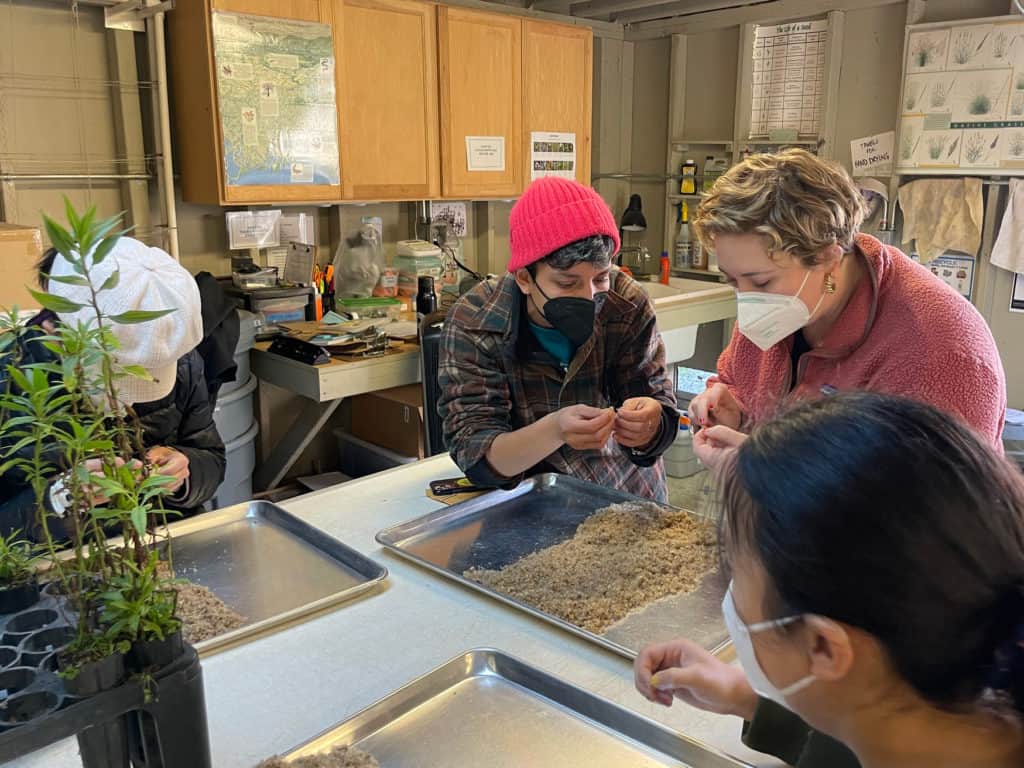
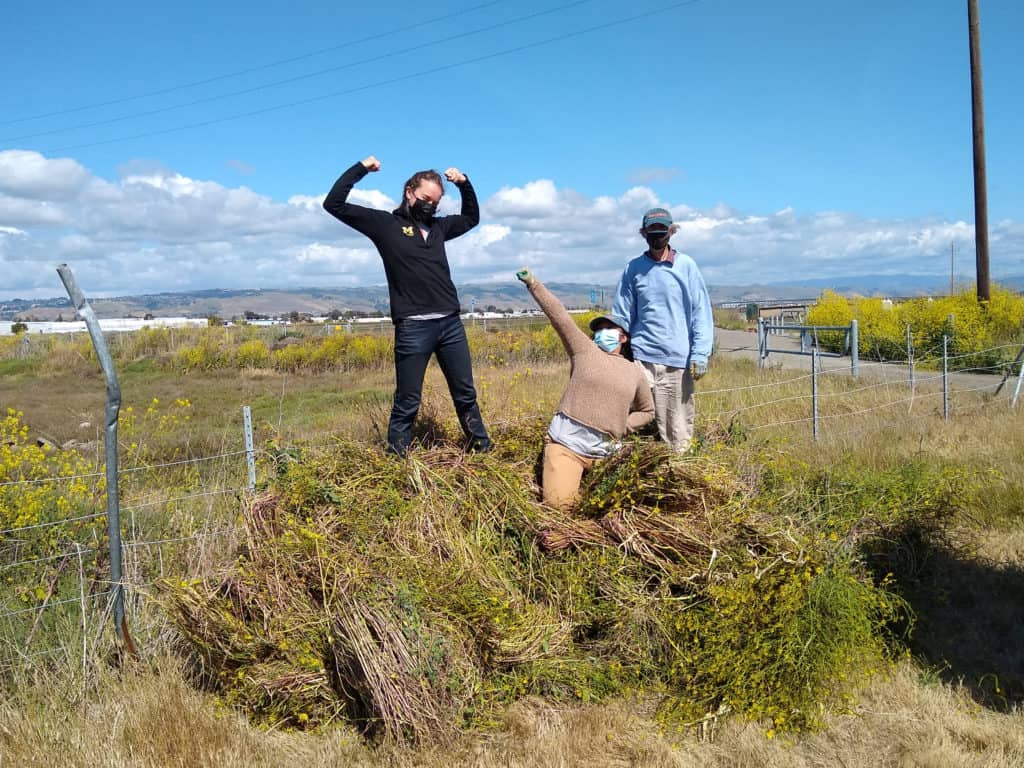
Volunteer with us
Save The Bay’s public programs are back and in full swing during our busy planting season. From transplanting native seedlings to removing harmful invasive species, volunteers are essential to protecting and restoring San Francisco Bay.
Join us in the Native Plant Nursery or at one of our restoration sites along the shoreline. We are offering new Queer and BIPOC affinity group volunteer opportunities to connect with the diversity of plants and people that make the Bay Area so special.


